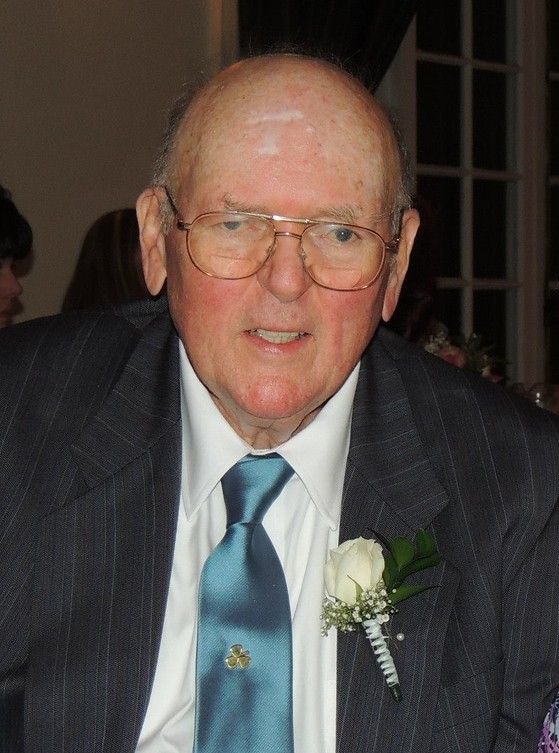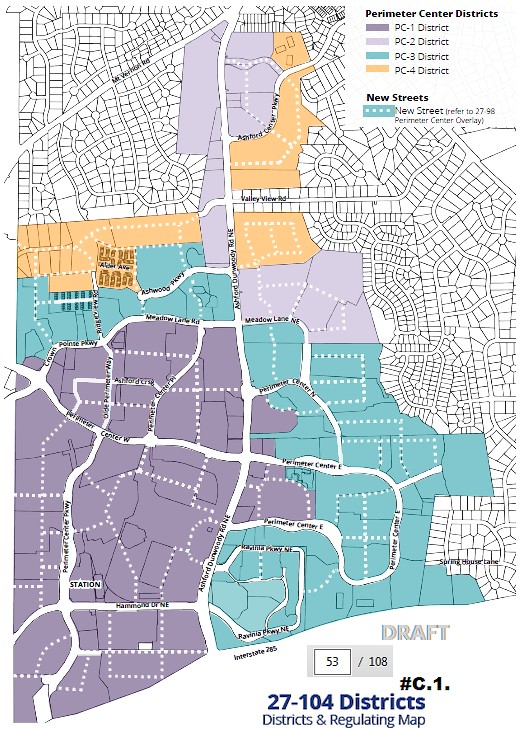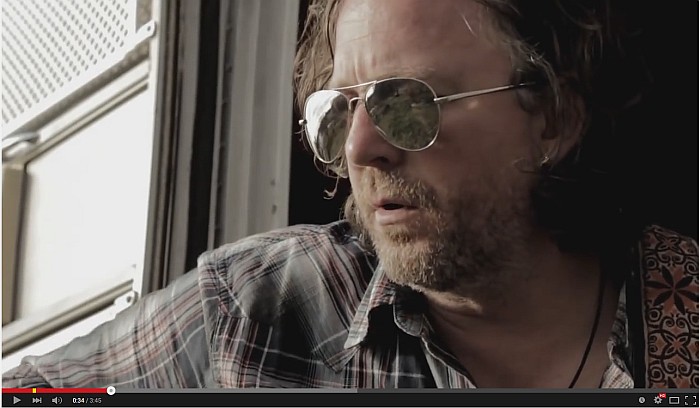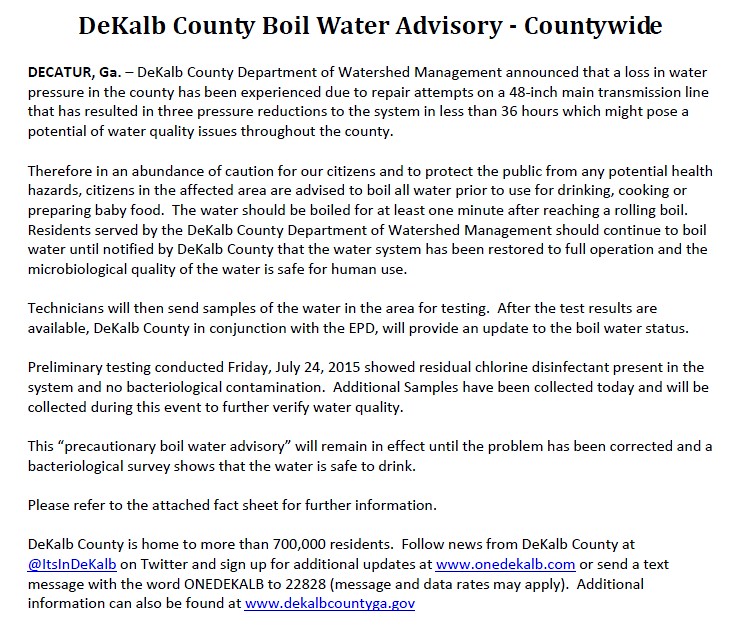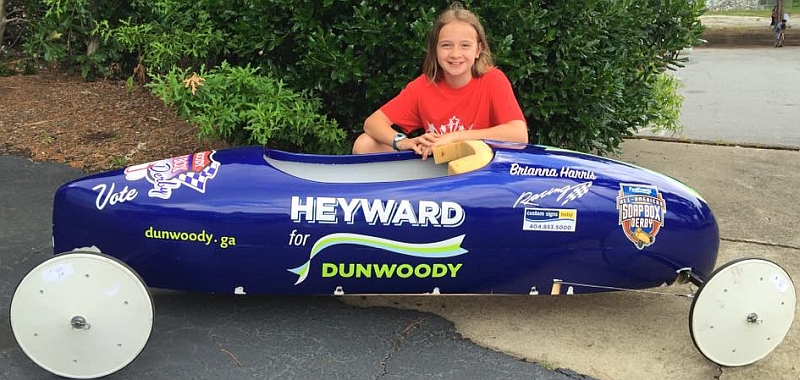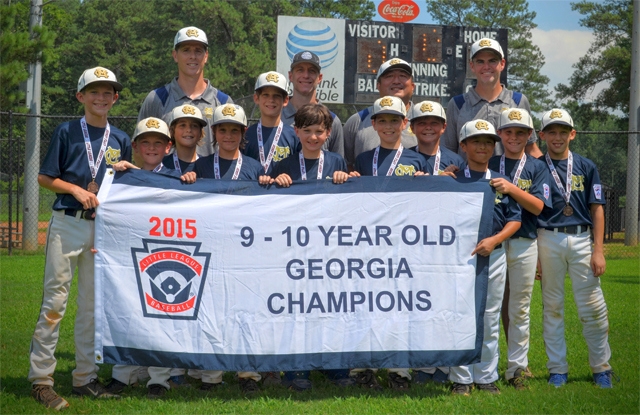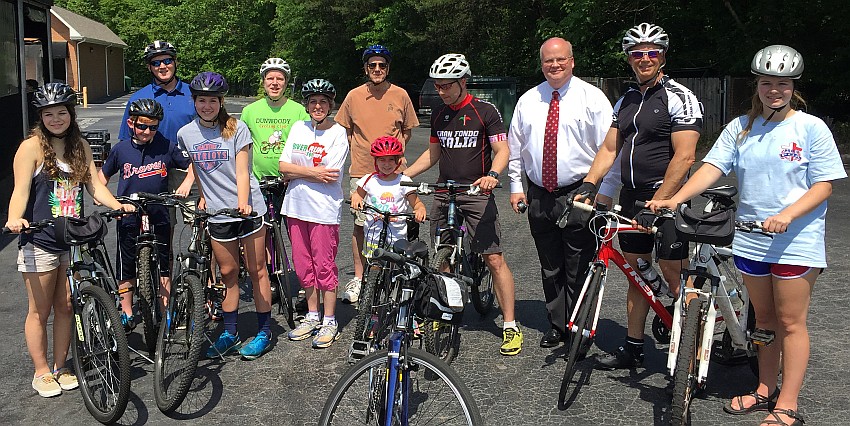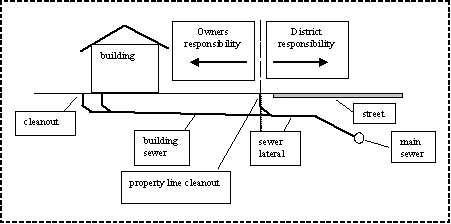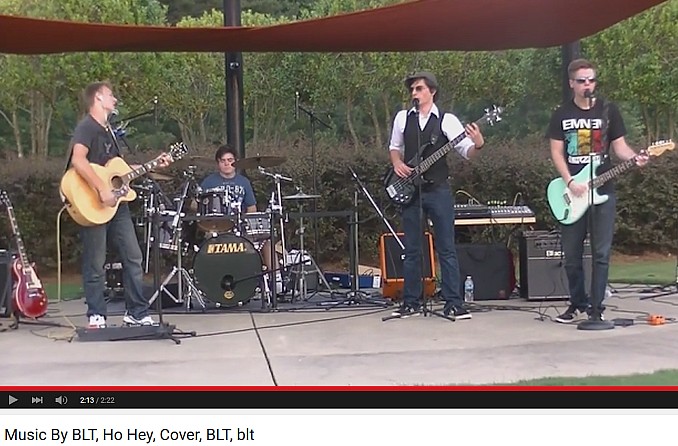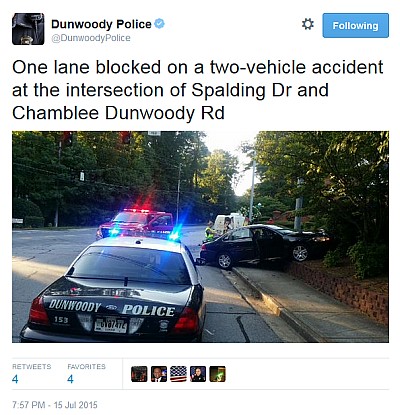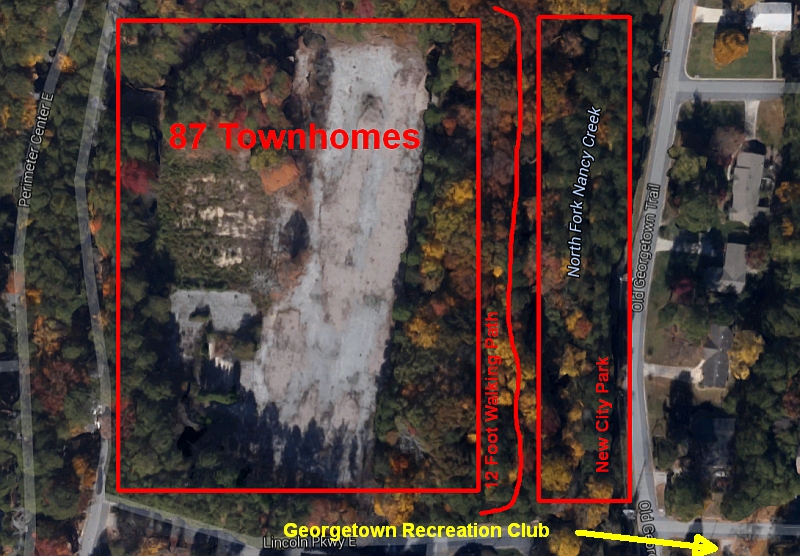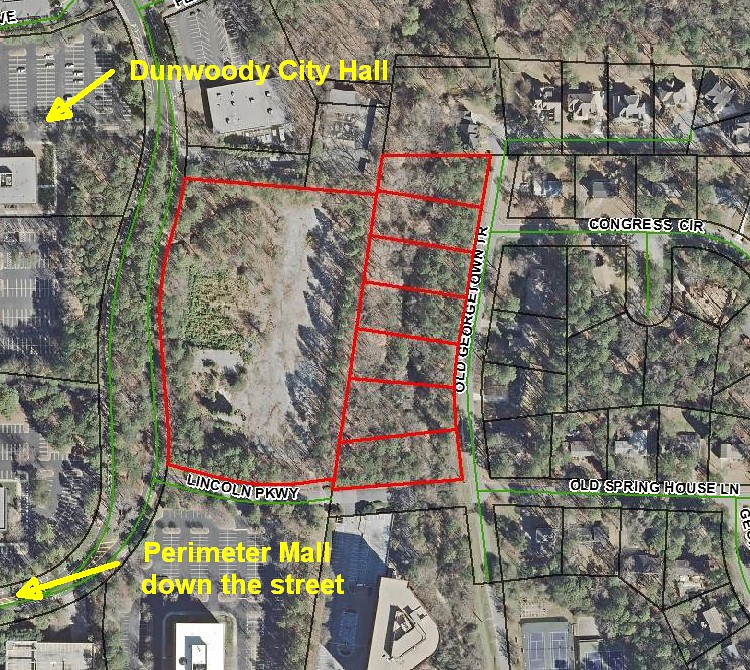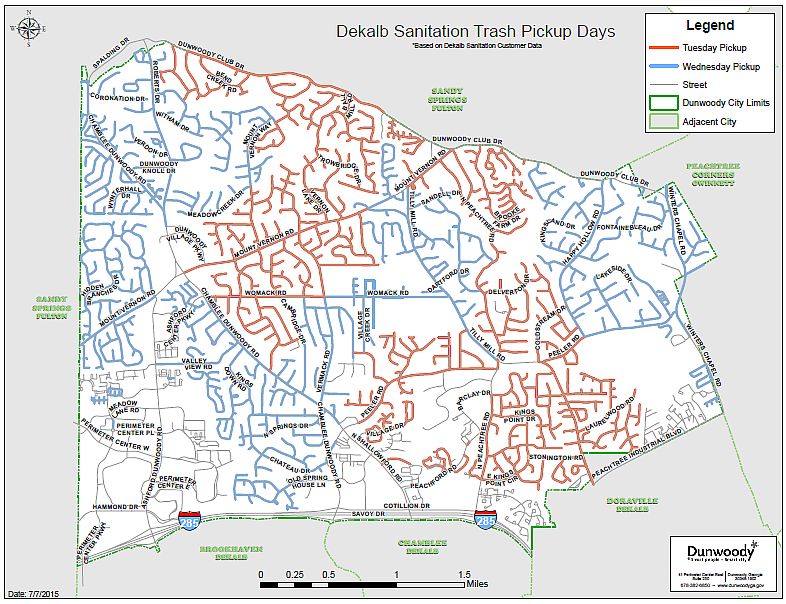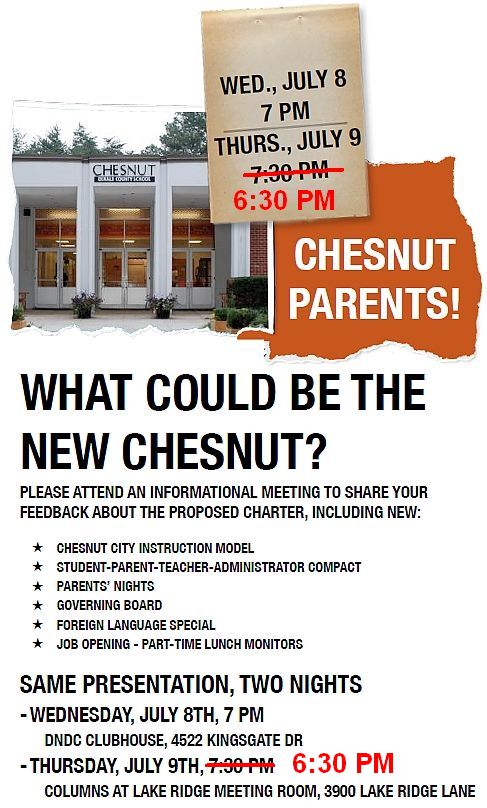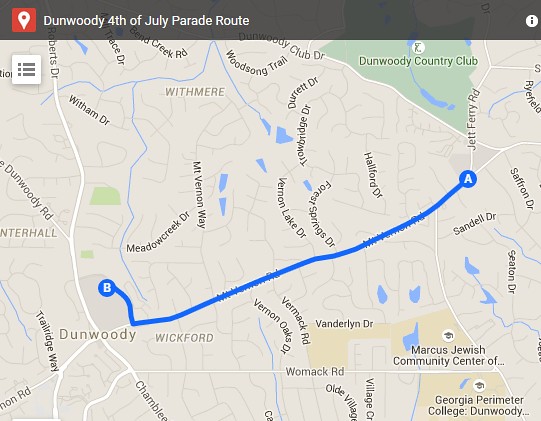Typical sewer drawing, though I am many are missing the property line clean-out.
As a sitting Dunwoody City Councilman, I see quite a bit of correspondence between governments attempting to explain jurisdictional and legal issues and as this sewer line issue has crossed my desk a number of times, I thought I would share. A resident is upset because sewage from her home (and maybe others) will not flow down into the sewer main as there is blockage and the waste backs up into her home.
The blockage appears to be close to the street between where the property line is and the sewer main. In this case there is no property line sewer cleanout and because of this fact the county is notifying the resident that they responsible for replacing the entire line, including the section from the property line to the sewer main. If the clean out was there, the County would have accepted that responsibility but because the clean out is not there the owner has the full responsibility to repair and restore flow.
By the way, my house does not appear to have a property line clean out and I am guessing that my cast iron sewer line going to the street could to fail any day now. That being said, when it happens, I know a good plumber who replaces lines on a regular basis.
Below is the text from a letter from Mr. Charles Lambert, the Interim Director for the DeKalb Department of Watershed Management addressing the issue from the County's perspective. The resident will not be happy.
As requested I am responding to the various questions that have raised about the issue with the constituent sewer line at the above address.
As background to the issue the lateral line from the house to the main sewer line belongs to the homeowner and was installed at their expense by either the sub-division developer, the home builder or the owner via a self-installation, hired help or plumber at some point in the past. This line only benefits the homeowner and remains as private property of the homeowner.
It is virtually impossible for the County or Dunwoody to regulate these lines on a 24-7 basis over their entire life as the entities listed above do many things on their own and with contractors they may hire at any time. Too often the work is done without the benefit of a permit or licensed contractor/plumber.
As private property only benefiting the owner it is not up to the County or City to upgrade or bring to code any line such as this. The state constitution gratuity clause prevents us from spending public funds on private projects that only benefit a single business or entity.
In this case the sewer line is outside the street in a dedicated easement. This easement is only for the sewer main and does not include any attachments to the line such as laterals for house connections. At some point permits are secured and laterals are connected from the main to the house by entities as noted above. The permit allows the entity access to our main for purposes of sewage disposal though their line.
If the line was installed to code the County would maintain the portion of the line from the property/easement line cleanout to the public sewer main, which in this case would be about 5 feet from the center of the sewer main. The Building/County Code has always, as far back as I can determine, required a property line cleanout to be present. The changes to the codes in the past have not compromised that requirement. They have been changed over time as owners consumption of water has increased. Originally the code was for a 4 inch line from the house to the main with private cleanouts at the house and at prescribed distances along the sewer line and to have a property line 4 inch cleanout installed at the utility easement. The code was changed to have a 6 inch property line cleanout as the transition point of the 4 inch line to the 6 inch line form that point to the main. The connection to the main is also sometimes an issue and is still on the homeowner to bring up to code by the appropriate repair or replacement.
In the late 1980’s the plumbers brought suit against the County for doing plumbers work and this was upheld by the state supreme court to prevent the County from doing plumbers work. Plumbers work is installing the sewer laterals from the house to the main to include installation to code. Remember, the lateral belongs to the homeowner and is private property only serving the owner which furthered the case in favor of the plumbers.
The County code was changed in the past so that the County would maintain the portion of the line in the utility easement that was to code with code being that in place at the time of construction be it 4 to 4, 4 to 6 or 6 to 6 inch line sizes. The maintenance requires the presence of an exposed property line cleanout the size of the larger line it connects to. Maintenance does not include bringing the line up to any current code only to maintain in an as-is type of condition which typically includes removing blockages in the line by accessing the line at the property/easement line cleanout. The County would replace sections of line that had failed at our discretion in the utility easement as part of our maintenance.
What has brought this issue to a head is the presence of sewage coming from a line that is not to code with a property line cleanout. Under the publicly adopted building code of the County including those portions of the state building code is the “grandfather clause” section 7-27 which is:
Sec. 7-27. Applicability.
(b) Existing installations. Buildings, structures, plumbing, mechanical and electrical systems lawfully in existence at the time of the adoption of this ordinance shall be permitted to have their use and maintenance continued if the use, maintenance or repair is in accordance with the original design and no hazard to life, health or property is created by such building, structure or system.
Under the current County Building Code Section 7-27 lack of a Property Line Cleanout is considered a health and property hazard which makes the current code applicable. If your sewage backs into your house it is potentially a health hazard to the occupants and could cause property damage rendering your structure uninhabitable.
This same code is echoed in Dunwoody Code Section 8-24. Existing Buildings (d);
Existing installations. Except as otherwise provided in this chapter, buildings, structures, plumbing, mechanical and electrical systems lawfully in existence at the time of the adoption of the ordinance from which this article is derived shall be permitted to have their use and maintenance continued if the use, maintenance or repair is in accordance with the original design and applicable codes at the time of its installation, and no hazard to life, health or property is created by such building, structure or system.
As noted in both codes, the usage is permitted (grandfathered in) to continue for no set length of time until a problem occurs and the owner addresses the repairs. When the issue goes unaddressed or as in this case affects the public health the owner must bring the non-complying system up to current code with all applicable permits, inspections and at the owner’s full expense. Dunwoody code is much more specific in how the repairs are to be made in this same section of code and the Dunwoody code inspectors are the enforcement entity.
The County does not have rights in the City and the health department functions only for the unincorporated area of DeKalb County and will support the City as an expert witness. We will support Dunwoody by turning the water off to stop the problem until such time as the owner makes the needed repairs if requested.
The County will take over maintenance of the new, code compliant system in the utility easement after one year of a warranty period to assure the installation is proper and sound. The one-year period is required of all of our developers and contractors in any work we do.
As the citizen noted this by specifically pulling out this line of the code related to maintenance in the easement which is only a portion of the code section and does not stand alone. The whole section is the installation process for code compliant connecting to the sewer system and is a sequential, step by step guide on how to do this connection, who pays for it and how, after permitting and inspection the maintenance is transferred to the County.
Many of our citizens (with erroneous advice from a plumber) try to get around bringing the whole line in the utility easement up to code by installing a cleanout (often improperly done, sized wrong and not permitted or inspected) on a non-compliant line and then expect the County to make the repair they should have made under the code. Current code is a 6 inch connection from the main to the property/easement line with a wye in place for a straight connection from the house to the lateral and the installation of a cleanout stack and cap to allow for future access for maintenance. In this case since the roots from the trees on or near the property have compromised the line integrity the whole lateral from the main to the easement will need to be replaced.
Finally, the County is under a Consent Decree with the EPA/EPD and these terms are included in the approved programs and considered to be private issues. There is a further stipulation that the County cannot take over any systems that are known to have an existing problem or have the probability of spilling sewage.
We have explained this to a variety of entities over the length of this issue and to the owner when we inspected the County portion of the line to ascertain that the County lines were not causing this problem under our consent decree. As noted in the email the owner was given our information sheets related to this.
At this time it is an owner issue to repair and restore flow.
Should you have any additional questions please email me for a response at
CLLAMBERT@DeKalbcountyga.gov.
Sincerely,
Charles Lambert
Interim Director
DeKalb Department of Watershed Management

